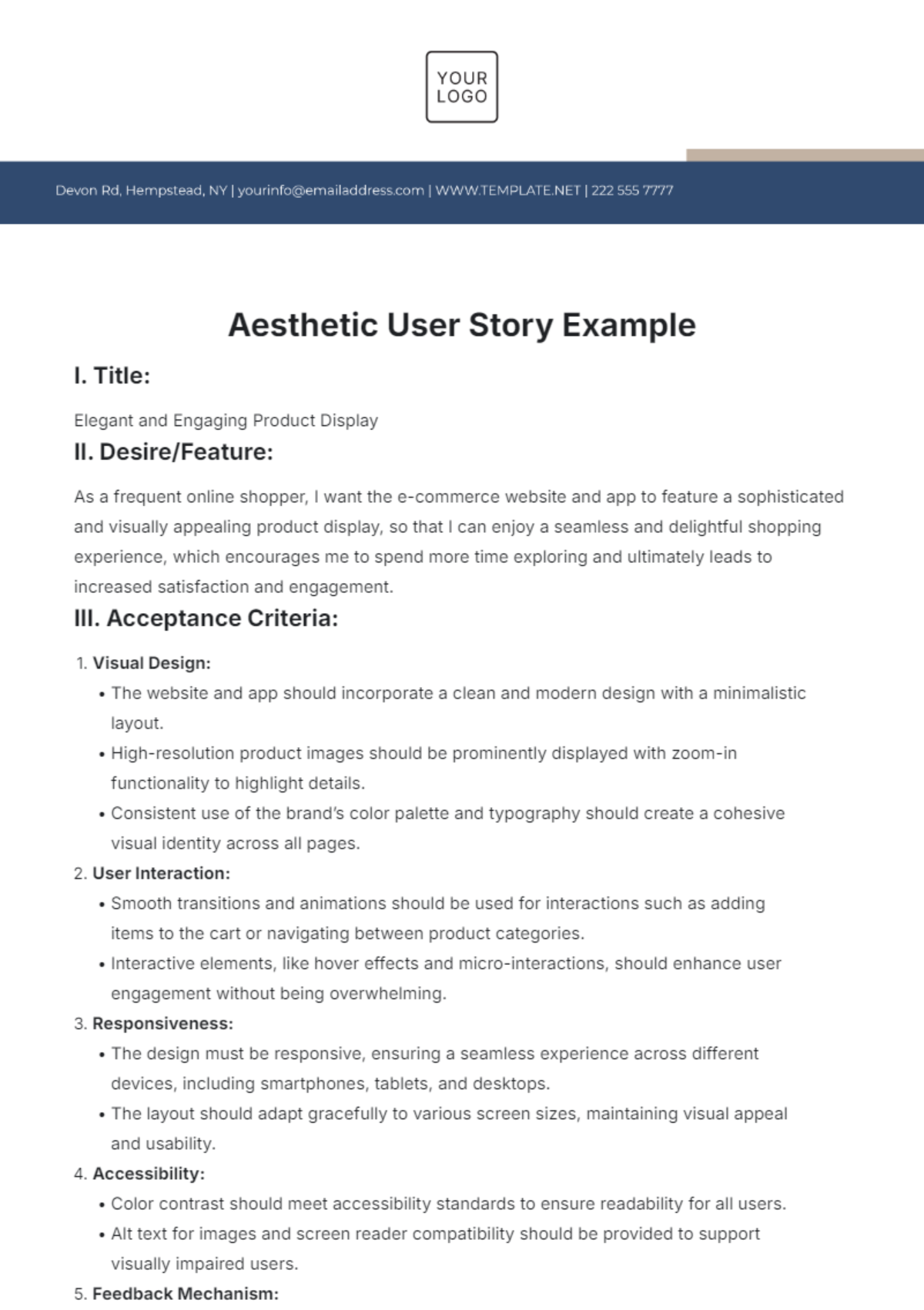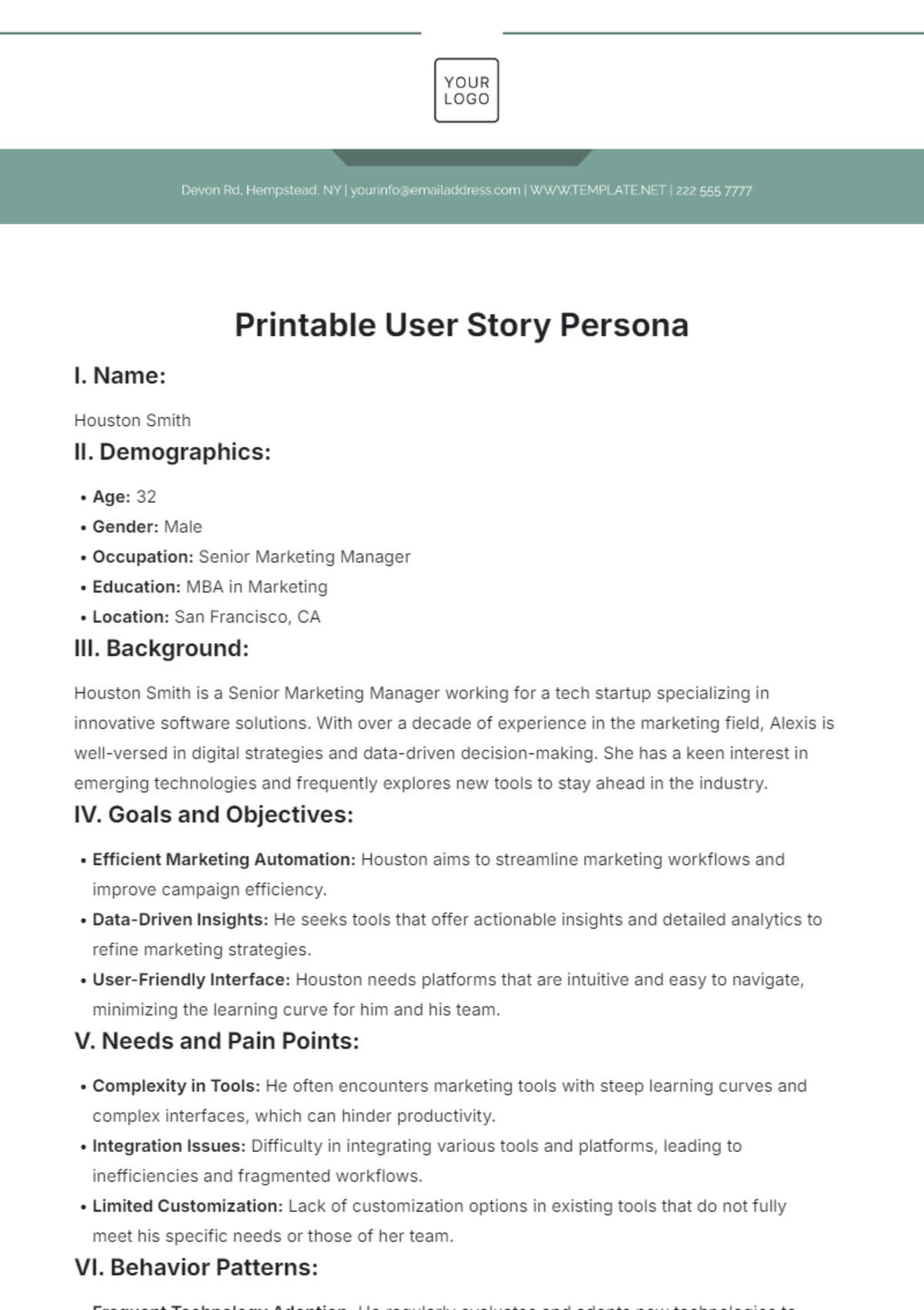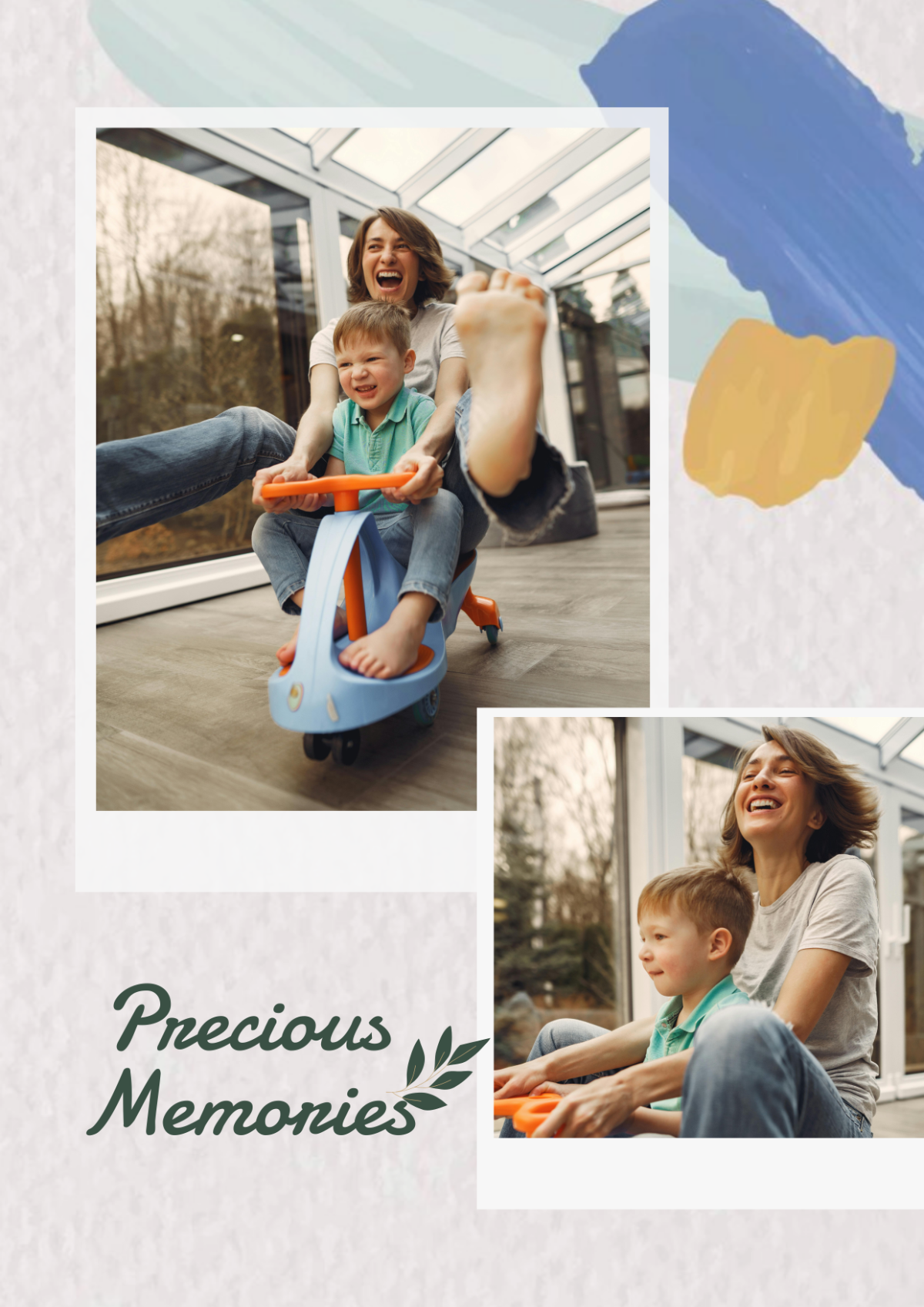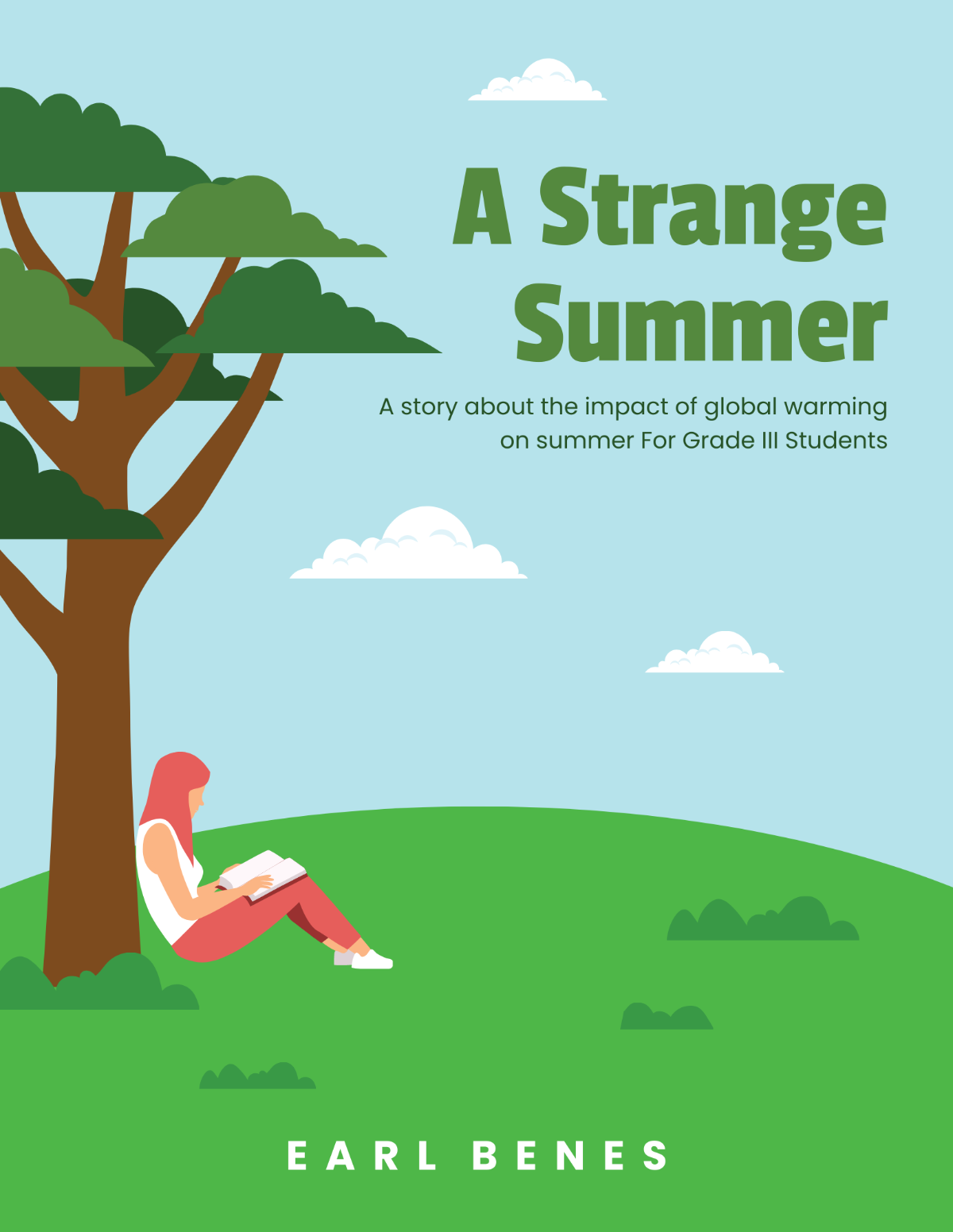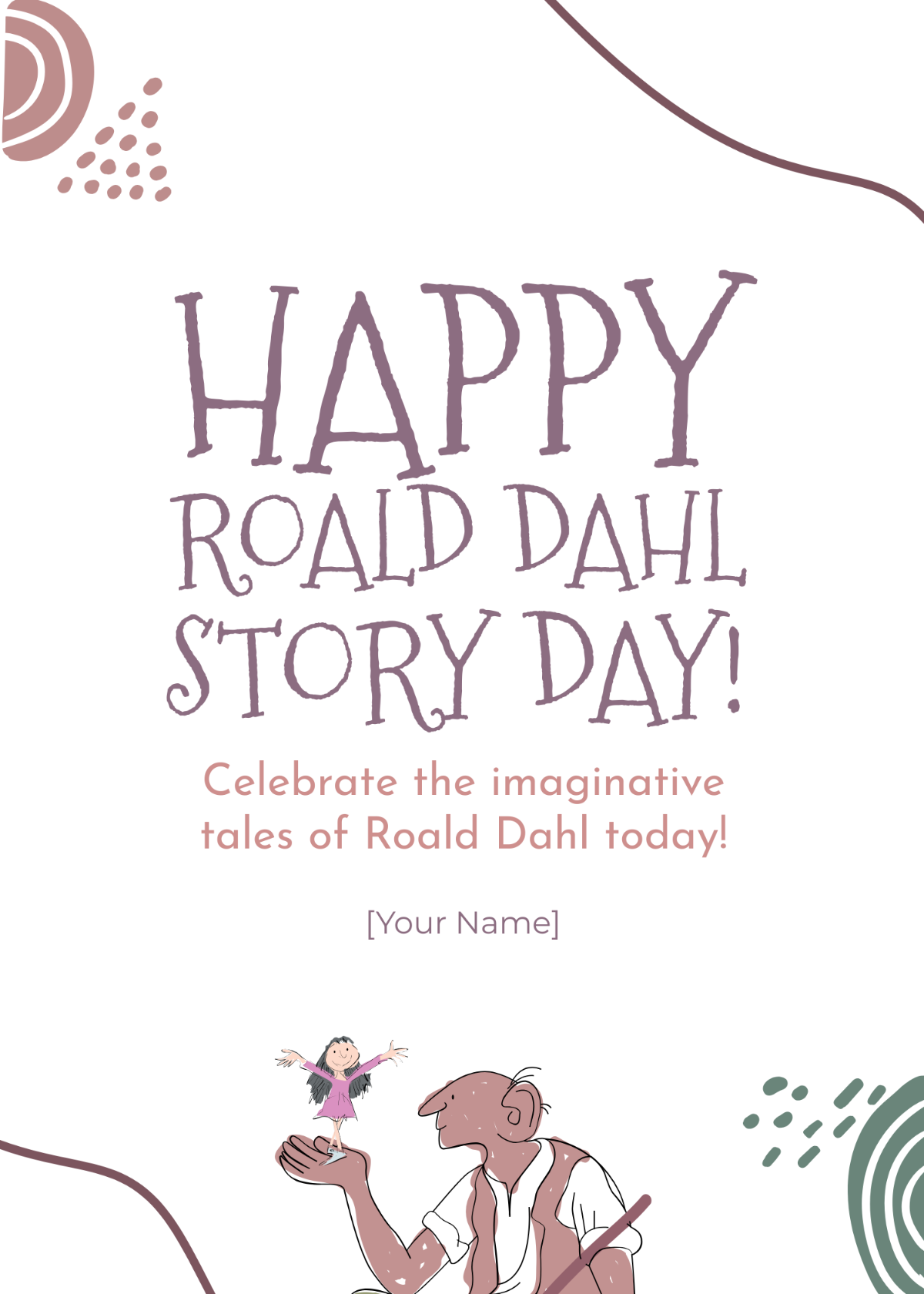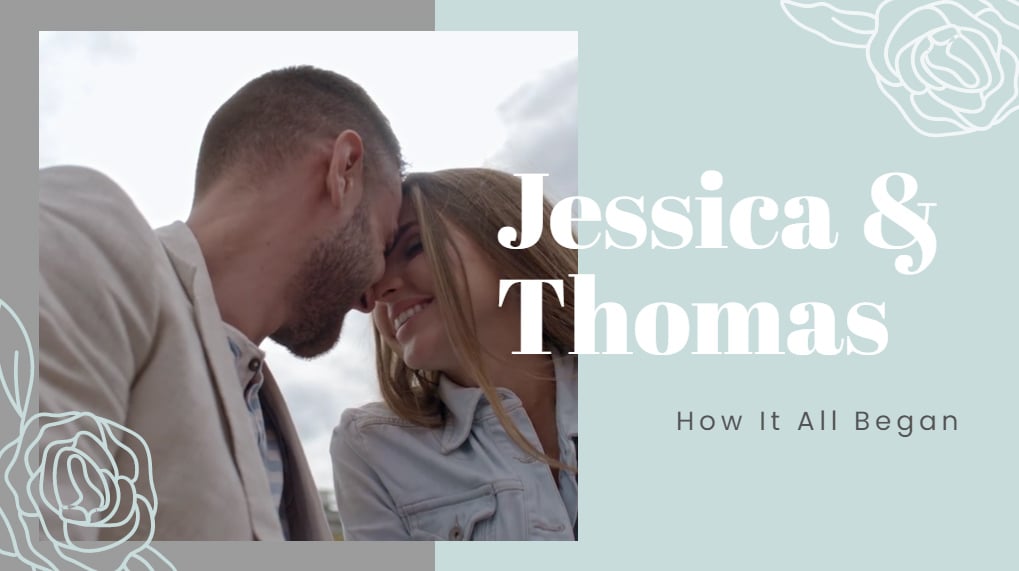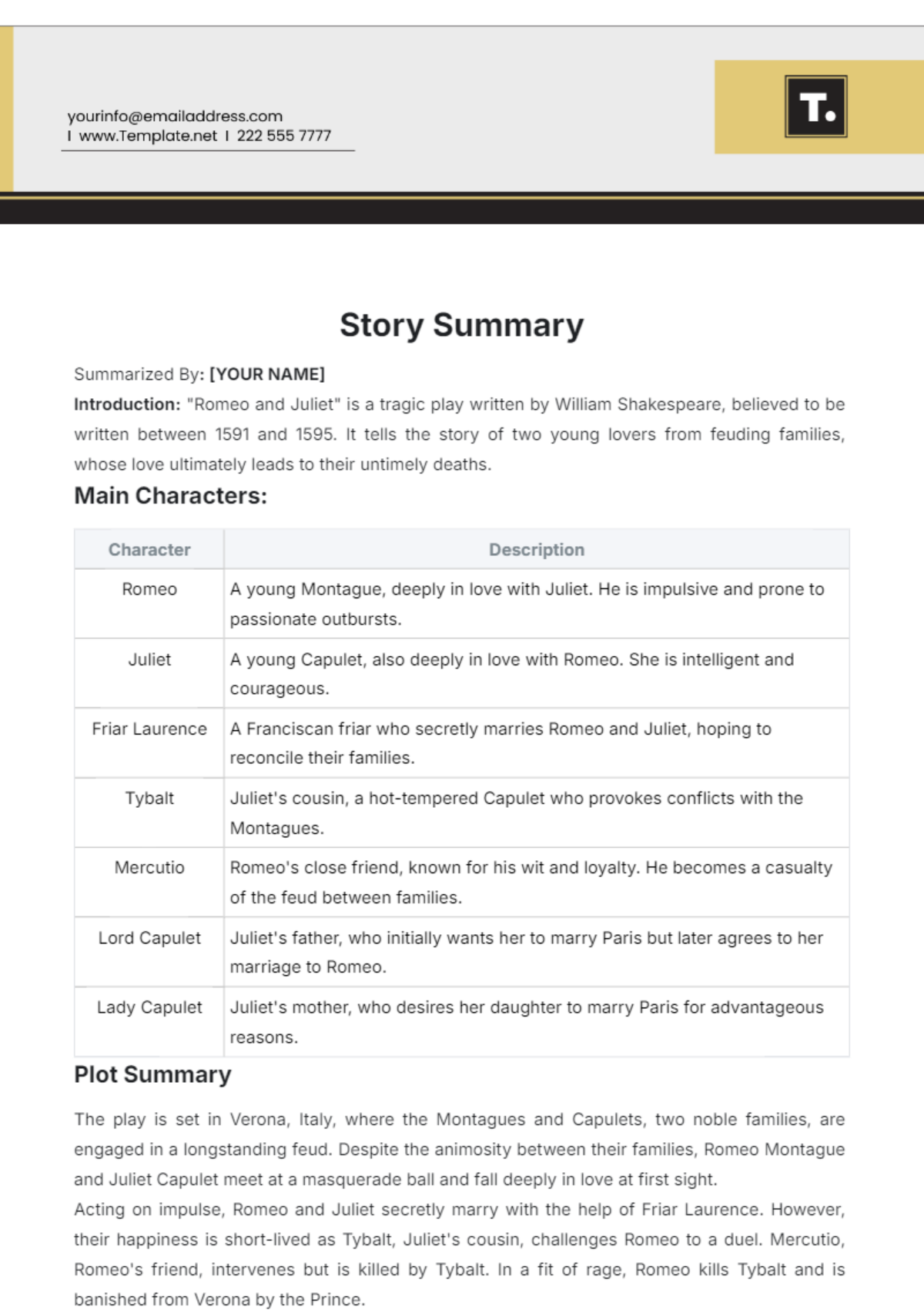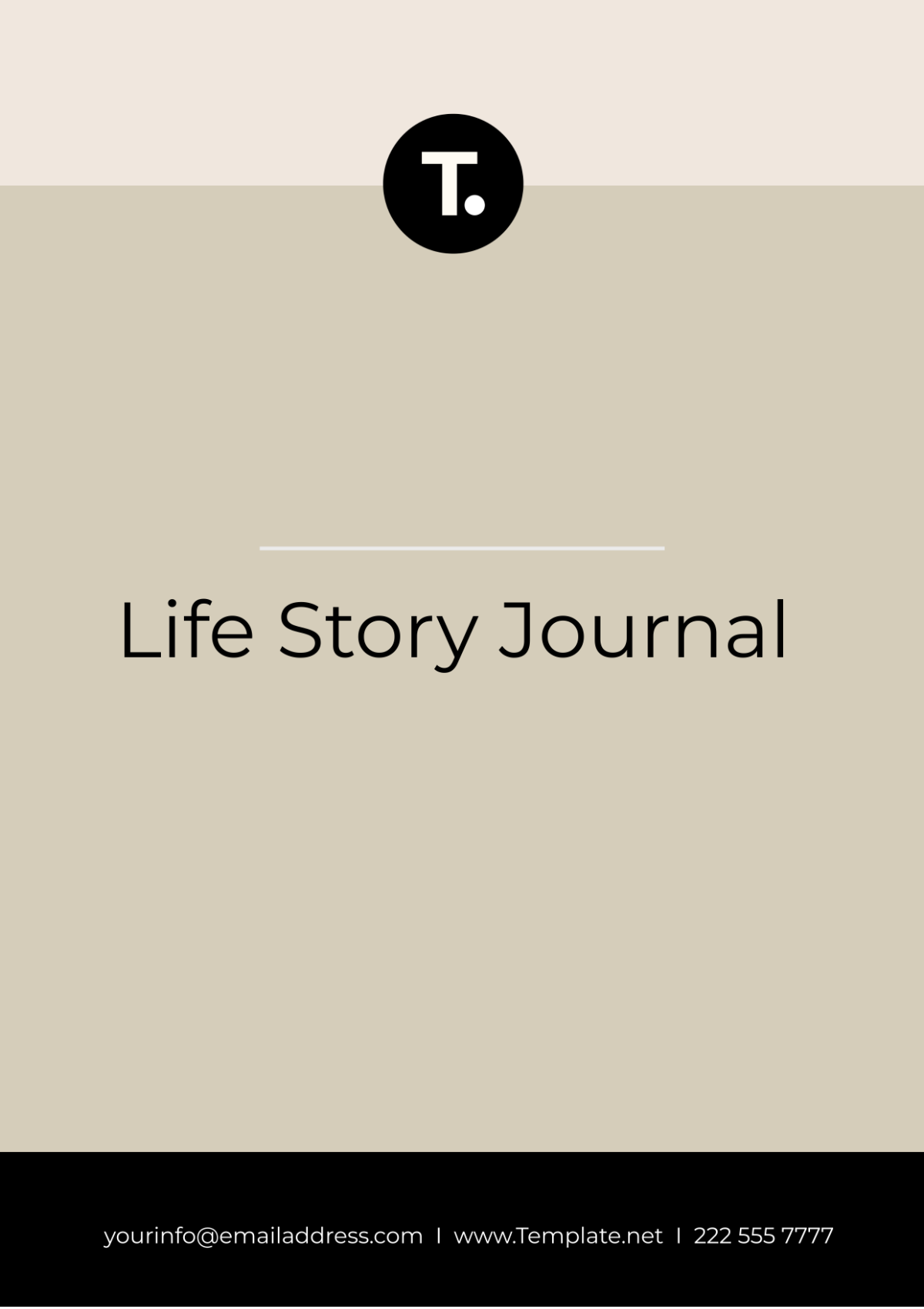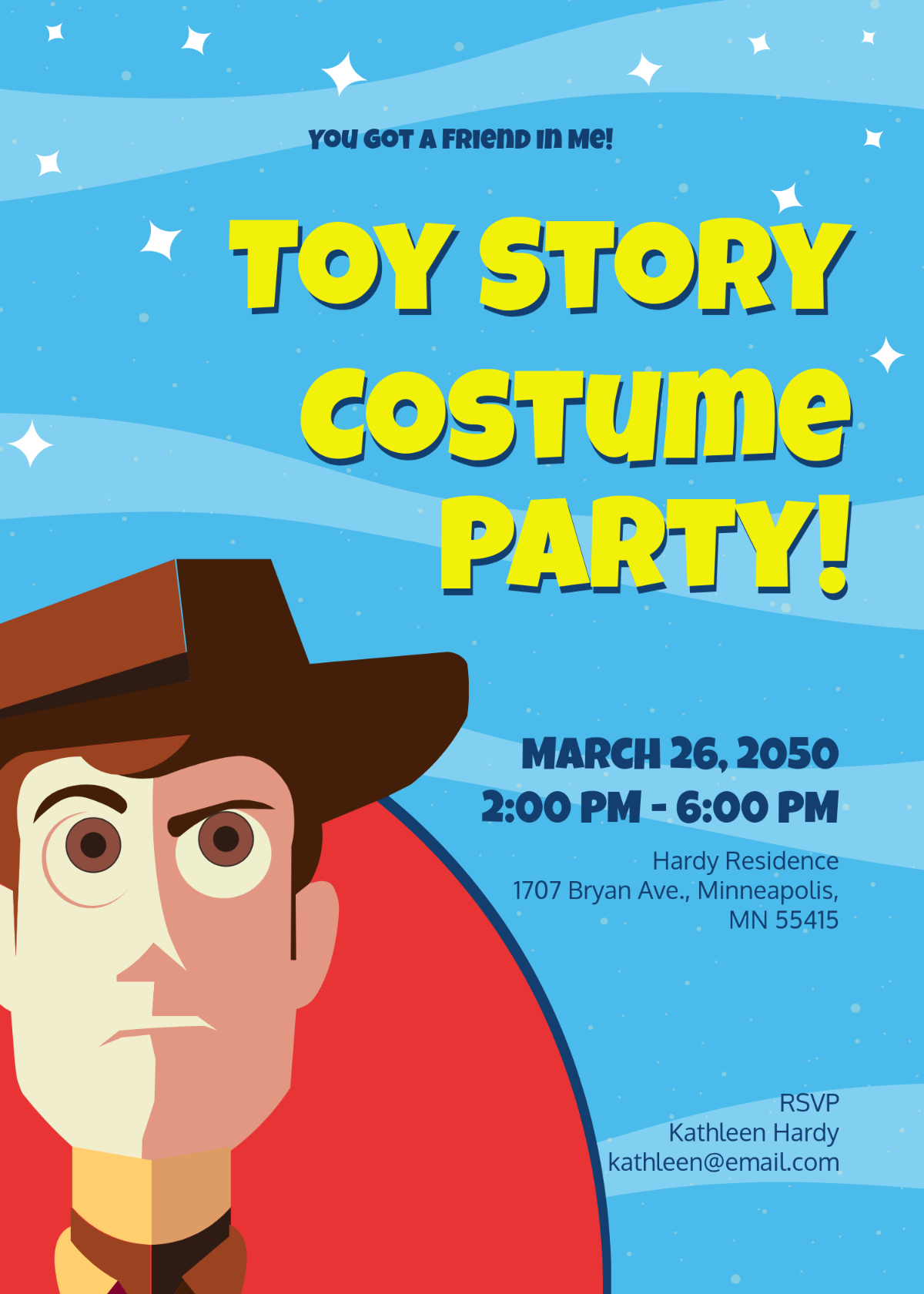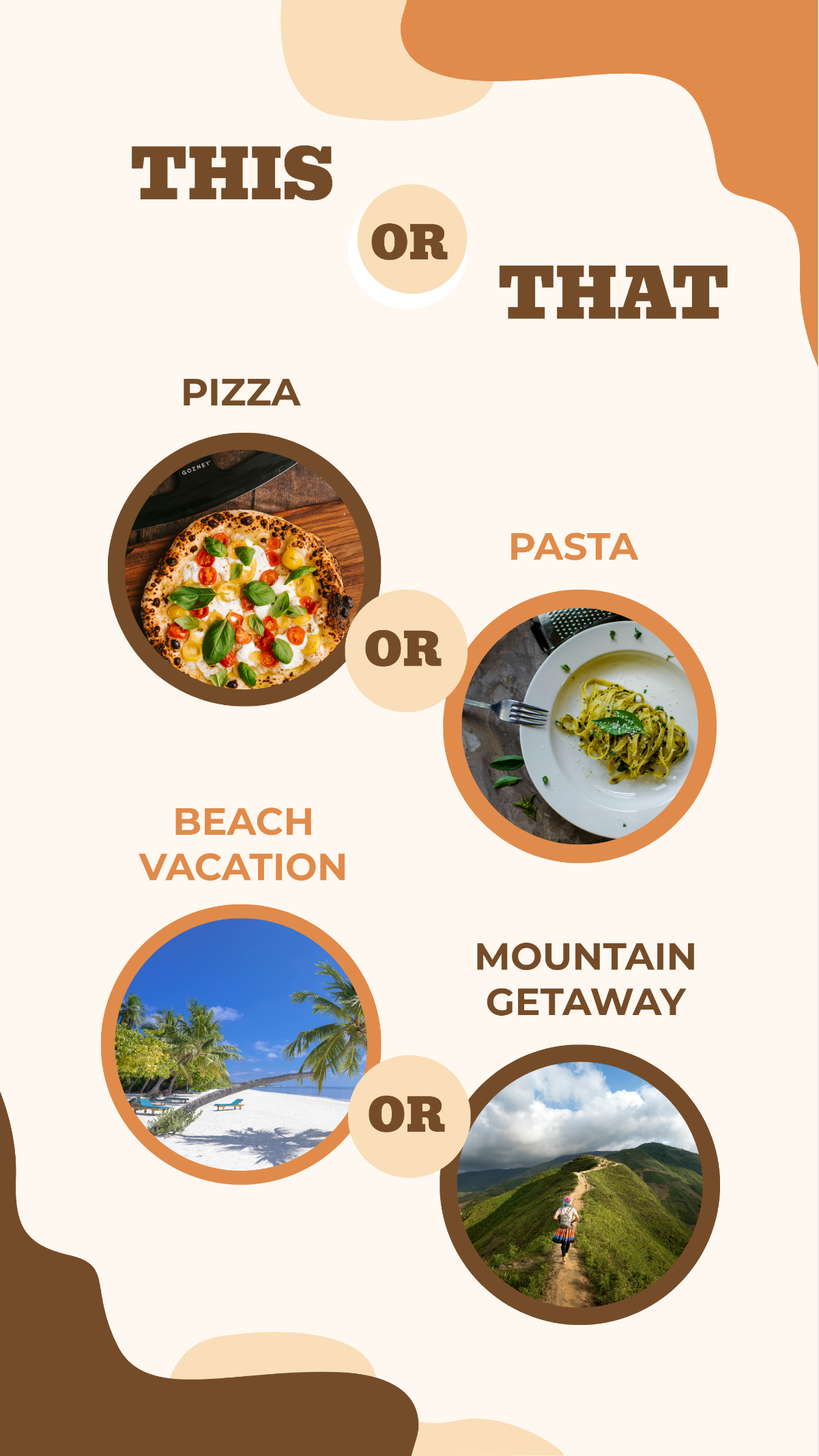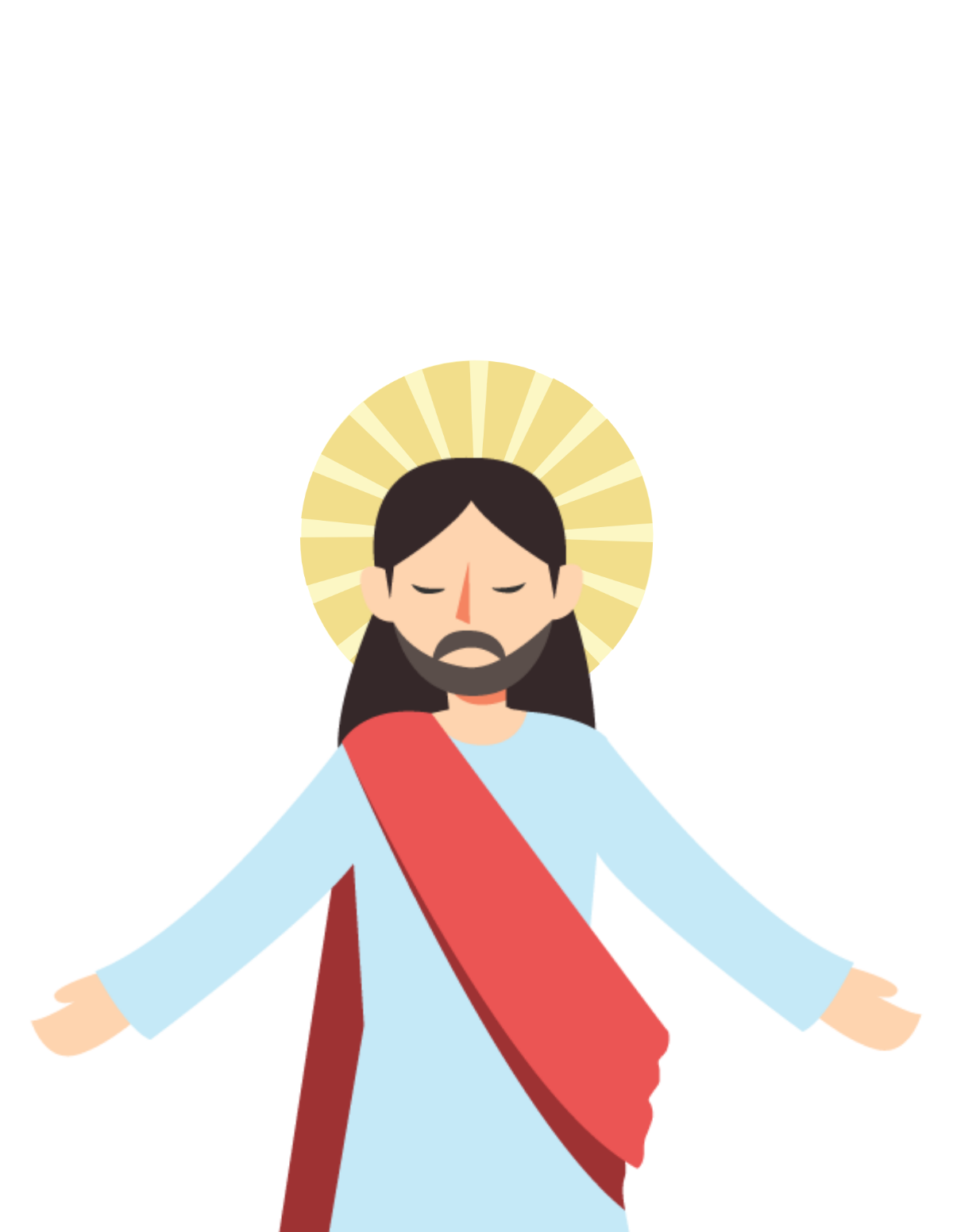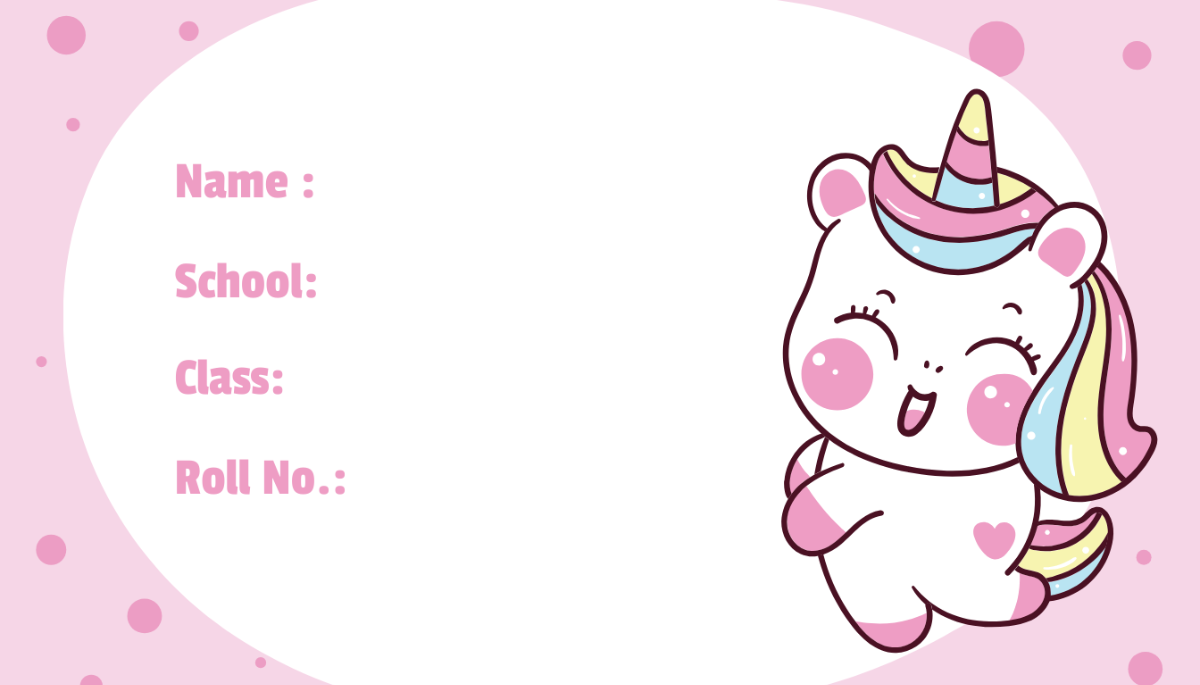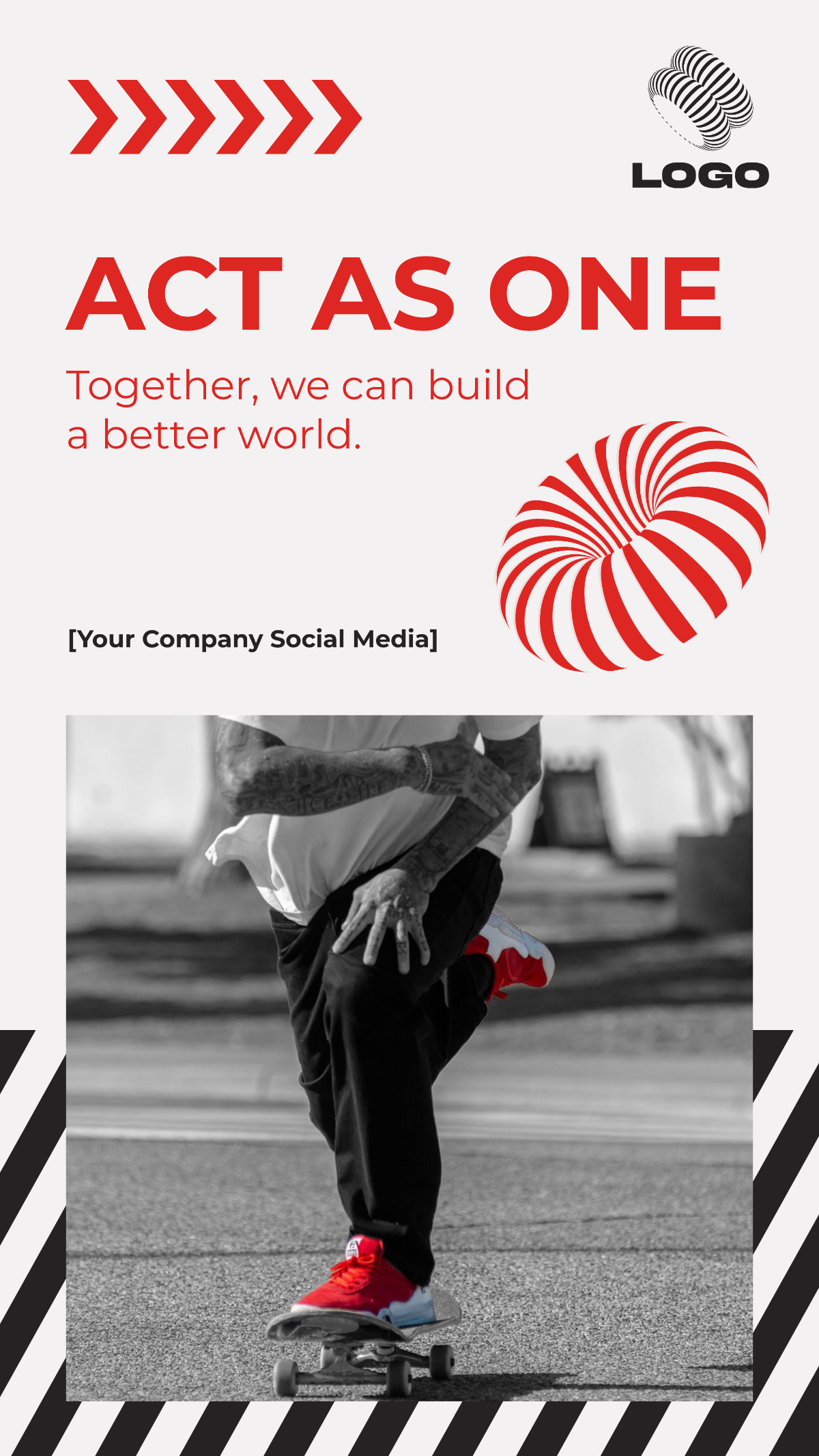Non Functional User Story
I. Overview
This user story, developed by [Your Company Name], addresses the non-functional requirements crucial for the project. Non-functional requirements focus on usability, reliability, performance, and supportability, ensuring the software meets end-user expectations. This framework guides the development team in aligning system architecture, design, and operational characteristics with broader business goals.
II. User Story
As a [Product Manager], I want to ensure the software application maintains [high performance] to meet the necessary standards of [customer satisfaction].
III. Non-Functional Requirements
A. Performance
The application should load within [3 seconds] under standard test environments.
Support simultaneous access by at least [1000] users without performance degradation.
Response time for critical operations should be less than [500 milliseconds] to ensure a smooth user experience.
B. Security
All user authentication processes must adhere to industry-standard security protocols such as [OAuth 2.0].
Implement data encryption for sensitive information such as [user passwords] to prevent unauthorized access.
Conduct regular security audits and vulnerability assessments to ensure compliance with [ISO 27001].
C. Usability
Ensure the user interface follows [Your Company Name]'s design guidelines for consistency and intuitiveness.
Provide user documentation to guide users through the software's features effectively.
Implement accessibility features, such as support for screen readers and keyboard navigation, to accommodate users with disabilities.
D. Scalability
Design the software architecture to scale horizontally to accommodate increasing user loads.
Ensure database systems support vertical scaling to handle growing volumes of data without performance degradation.
Conduct load-testing scenarios to validate the software's scalability under various usage conditions.
IV. Acceptance Criteria
A. Performance
[Your Company Name]'s performance testing team will validate the software's performance against predefined benchmarks.
The software must achieve a minimum score of [90%] in performance testing to meet acceptance criteria.
B. Security
A third-party security audit firm will conduct penetration testing to identify potential vulnerabilities.
Any security vulnerabilities identified must be addressed and verified by the development team before release.
C. Usability
Usability testing sessions will be conducted with representative users to evaluate the software's ease of use.
Feedback from usability testing will be incorporated into the software to improve user experience.
D. Scalability
Load testing will simulate user loads beyond the current capacity to assess the software's scalability.
The software must demonstrate linear scalability up to [5000] concurrent users to meet acceptance criteria.
V. Dependencies
It is crucial to align these dependencies with the architects and the infrastructure team of [Your Company Name]:
Dependency on external APIs for data retrieval which should have an uptime of at least [99.9%].
Requirement for compatibility with existing database architectures and server specifications employed by [Your Company Name].
VI. Assumptions
These assumptions will be the basis for planning and can influence both development and resource allocation:
The assumption is that the network infrastructure will support a latency of not more than [100 milliseconds] across all operational regions.
The assumption that ongoing maintenance and support will be provided by an in-house team during the first [5] years post-deployment.
VII. Tools and Technologies
Use of [Amazon Web Services (AWS)] for handling high availability and disaster recovery scenarios.
Implementation of [New Relic] to ensure ongoing performance aligns with user expectations.
VIII. Conclusion
This non-functional user story provides a comprehensive framework for defining and validating the software's non-functional requirements. By adhering to these requirements, [Your Company Name] aims to deliver a high-quality product that meets user needs while ensuring performance, security, usability, and scalability.

